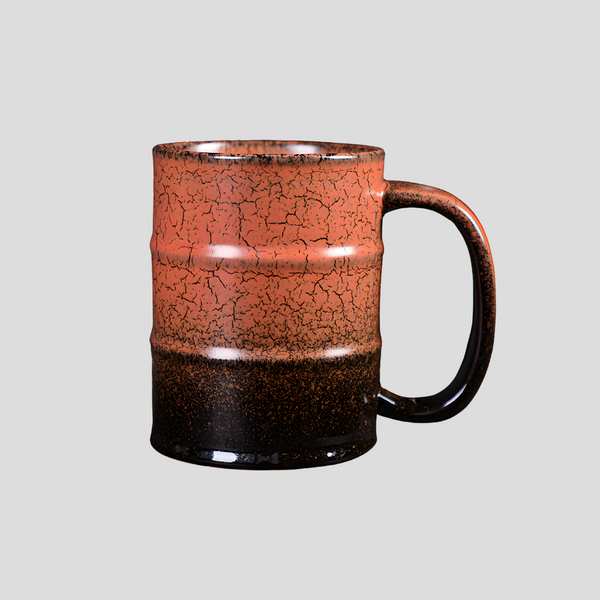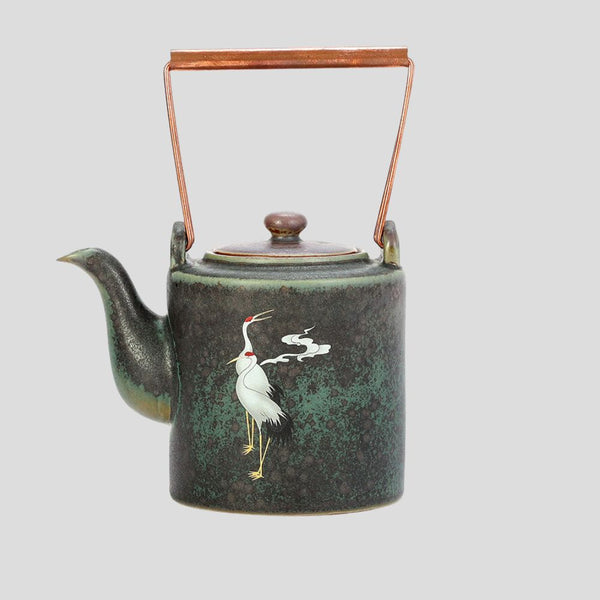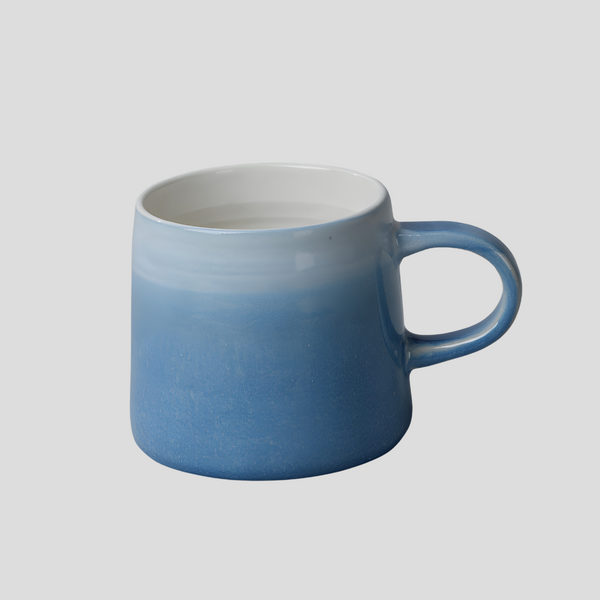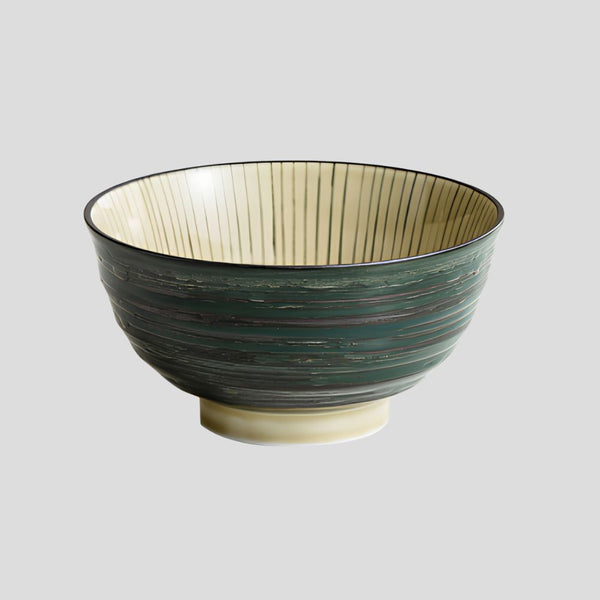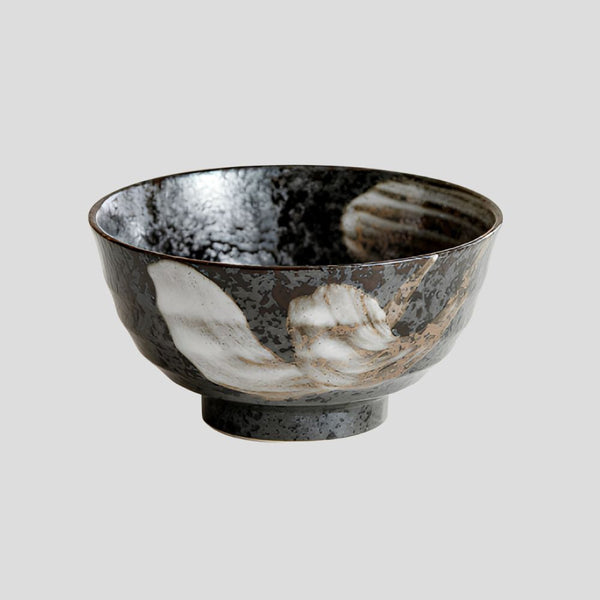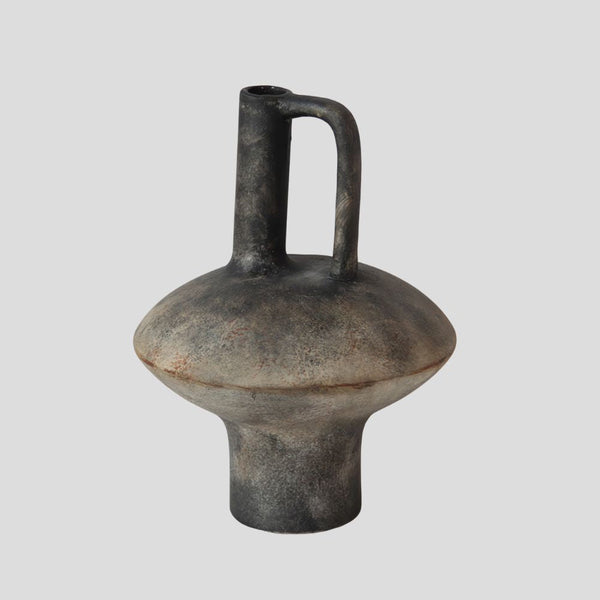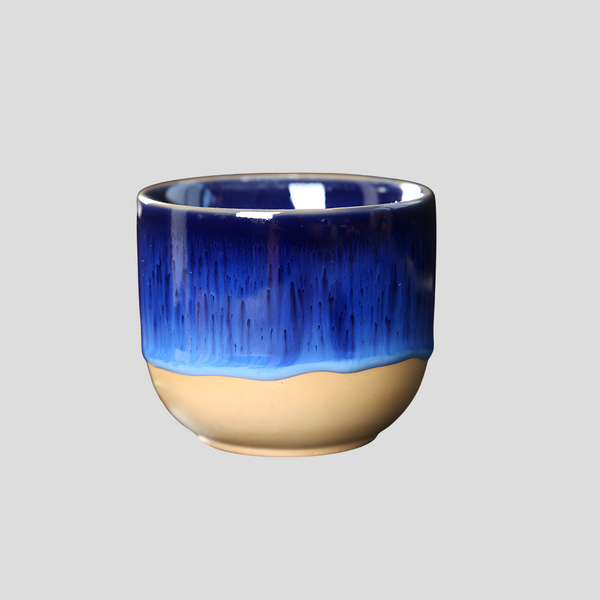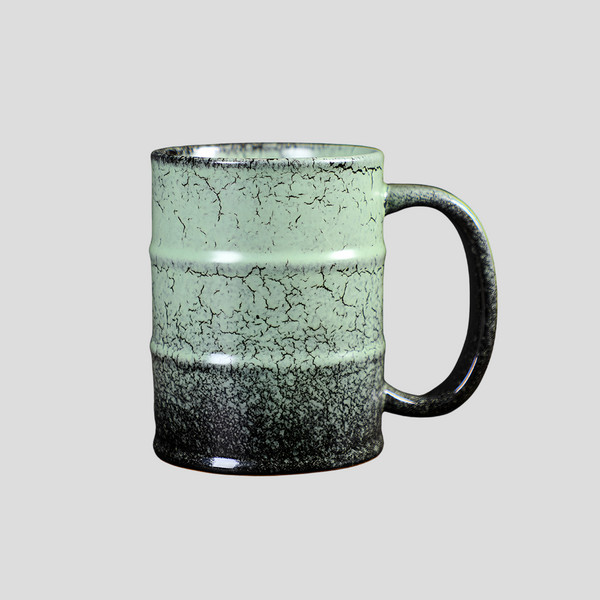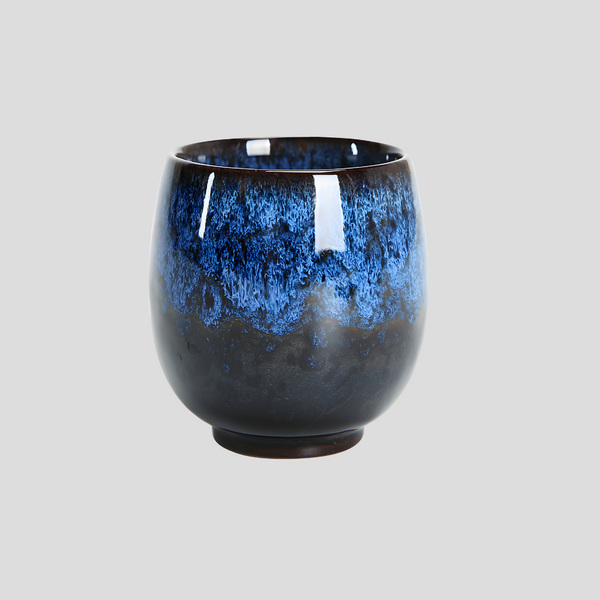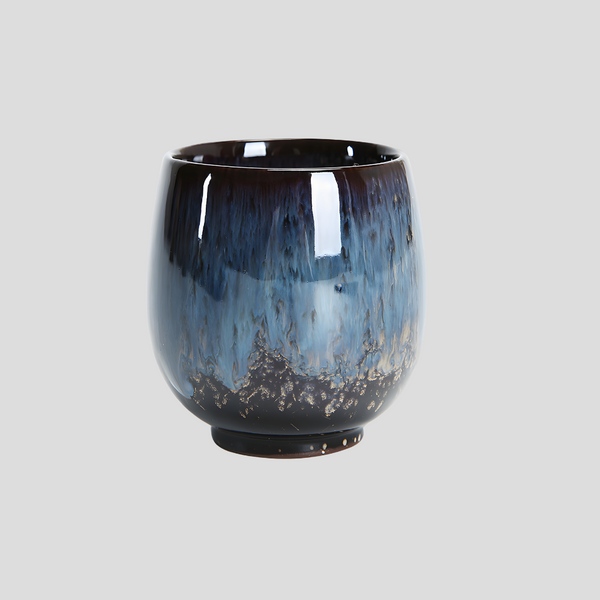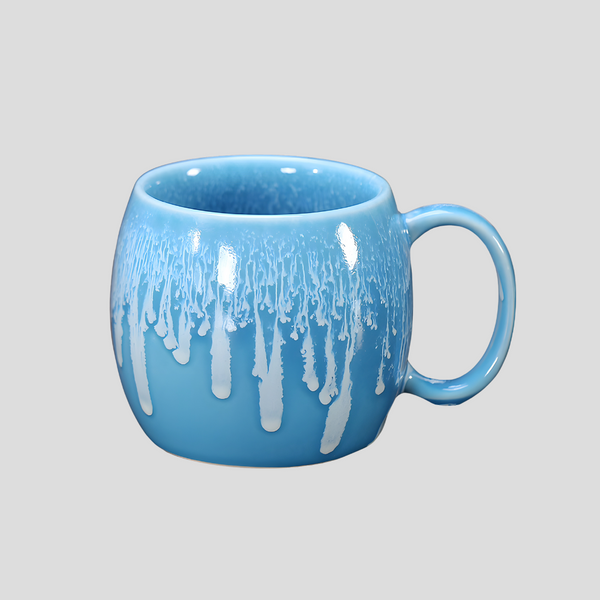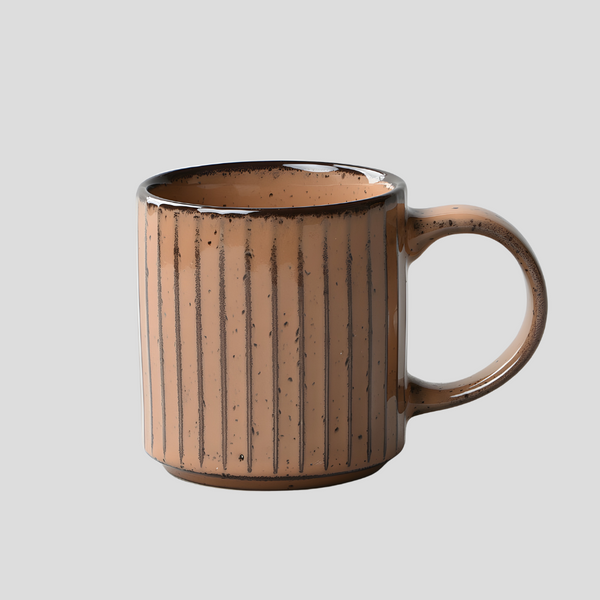
Understanding Different Forms of Pottery
Pottery is one of the oldest human inventions, dating back thousands of years. It involves the creation of objects from clay that are then hardened by heat. Over millennia, various cultures around the world have developed unique pottery techniques and aesthetic styles. Today, pottery is both a practical craft for creating functional objects, such as dishes and vases, and an art form that allows for expressive creativity. To appreciate and understand the diverse world of pottery, it's important to explore some of its different forms.
Earthenware is one of the oldest and most common types of pottery. It is made from clay that has been fired at relatively low temperatures, typically between 1000°C and 1150°C. This results in a porous final product that must be glazed if it is to hold liquid. Earthenware is appreciated for its rustic appearance and has been used throughout history for both decorative and functional pieces. Traditional examples include terracotta pots, ancient amphorae, and decorative tiles.
Stoneware represents a step up in durability from earthenware. It is made from clay that is fired at higher temperatures, ranging from 1200°C to 1300°C. This process vitrifies the clay, making the final product waterproof and much stronger. Stoneware is valued for its sturdy nature and resistance to chipping and scratching. It is a popular choice for everyday items like dishes, mugs, and jugs. Its finish can vary from glossy to matte, and while it can be any color, it often has a natural, earthy appearance.
Porcelain, often called fine china, represents the pinnacle of purity and perfection in pottery. It is made from a very fine, white clay called kaolin, combined with other materials, and fired at the highest temperatures, between 1200°C and 1450°C. This process creates a material that is both delicate in appearance and incredibly strong. Porcelain's non-porous surface has a translucent quality and a smooth, fine texture that has been highly prized for centuries. It is commonly used for delicate tableware and art objects.
Raku pottery is a form of Japanese pottery that is traditionally used in the Japanese tea ceremony, most often in the form of tea bowls. Raku firing is unique in that the pieces are removed from the kiln while they are still glowing hot and then placed into containers filled with combustible materials. This process gives raku pottery its distinctive cracked glaze and dramatic, unpredictably colored finishes. Raku is prized for its beauty and the philosophy of wabi-sabi, the appreciation of the beauty in imperfection.
Majolica is a type of earthenware pottery that is coated with a white glaze, on top of which colorful patterns are painted. After painting, a transparent glaze is applied, and the piece is fired. This technique originated in the Middle East but became popular in Italy during the Renaissance. Majolica is recognized for its vibrant, opaque colors and detailed, often intricate designs. Pieces can range from decorative tiles and platters to elaborate figurative works.
Terracotta is a type of earthenware that is unglazed and characterized by its rich, red-orange color. This color comes from the high iron content in the clay. Terracotta has been used throughout history for a wide range of purposes, including sculptures, tiles, and various utilitarian objects. It is beloved for its natural texture and warmth, offering an organic, tactile quality that is both simple and expressive.
Exploring the different forms of pottery reveals a vibrant tapestry of cultural identity, craftsmanship, and artistic expression. Each type of pottery carries with it a history of human innovation, reflecting both the environment from which it comes and the aesthetic sensibilities of its creators. Whether you are a collector, a creator, or simply an admirer, delving into the world of pottery offers endless opportunities for discovery and appreciation.
Understanding Different Forms of Pottery
Earthenware
Stoneware
Porcelain
Raku
Majolica
Terracotta

